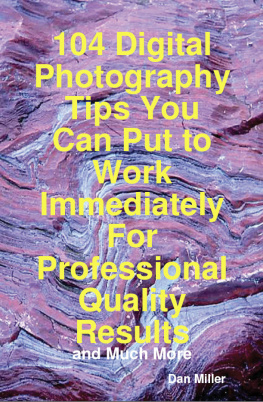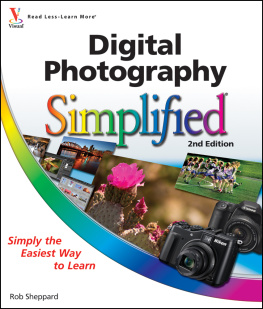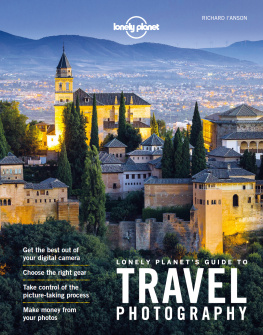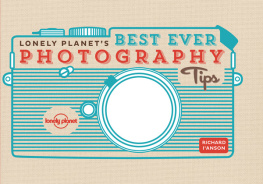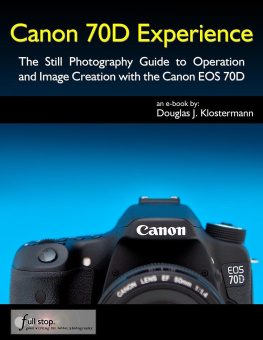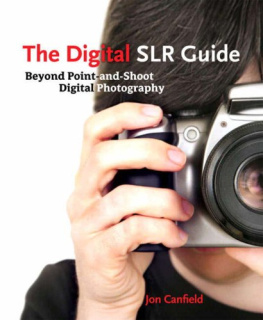
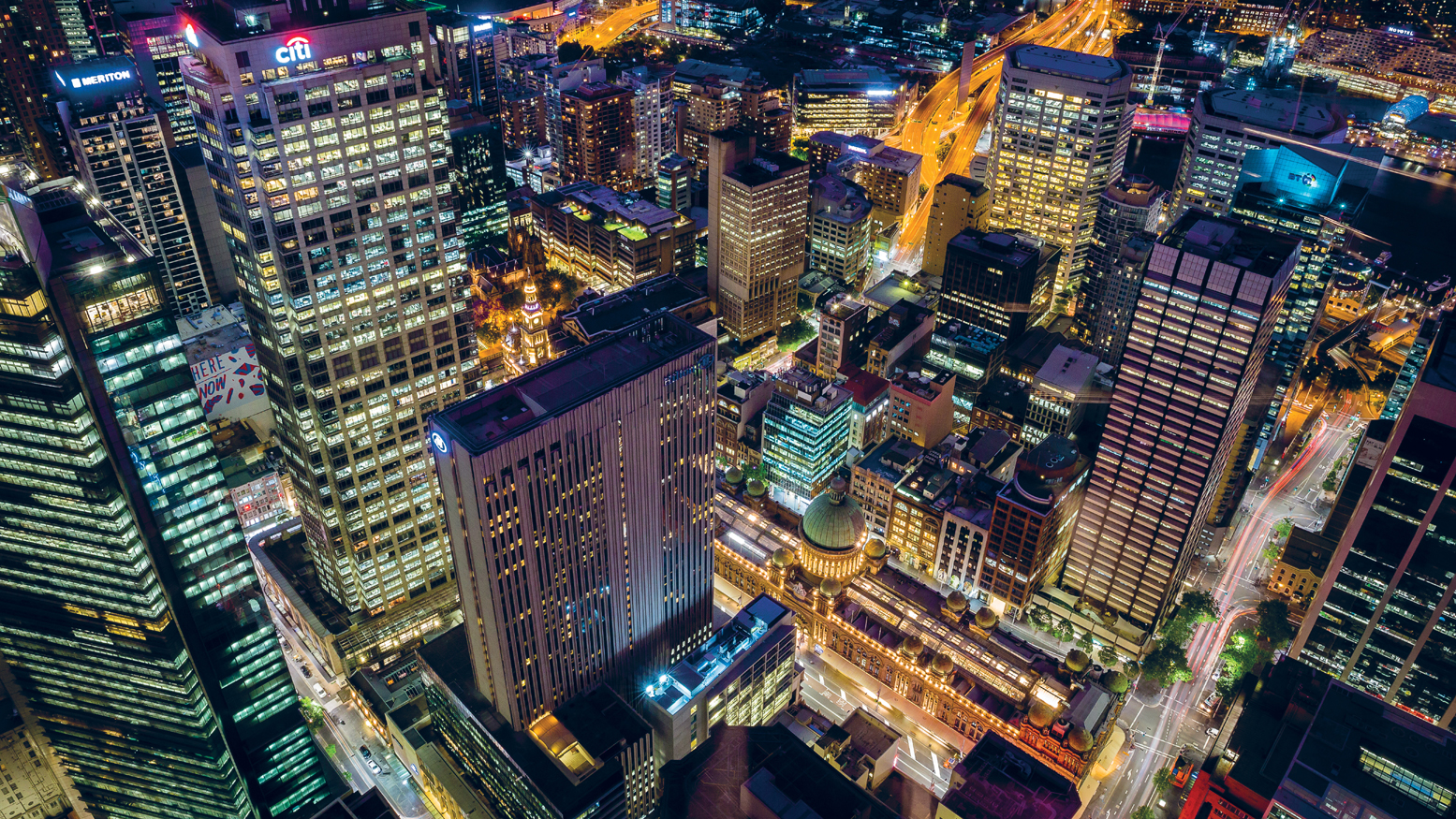



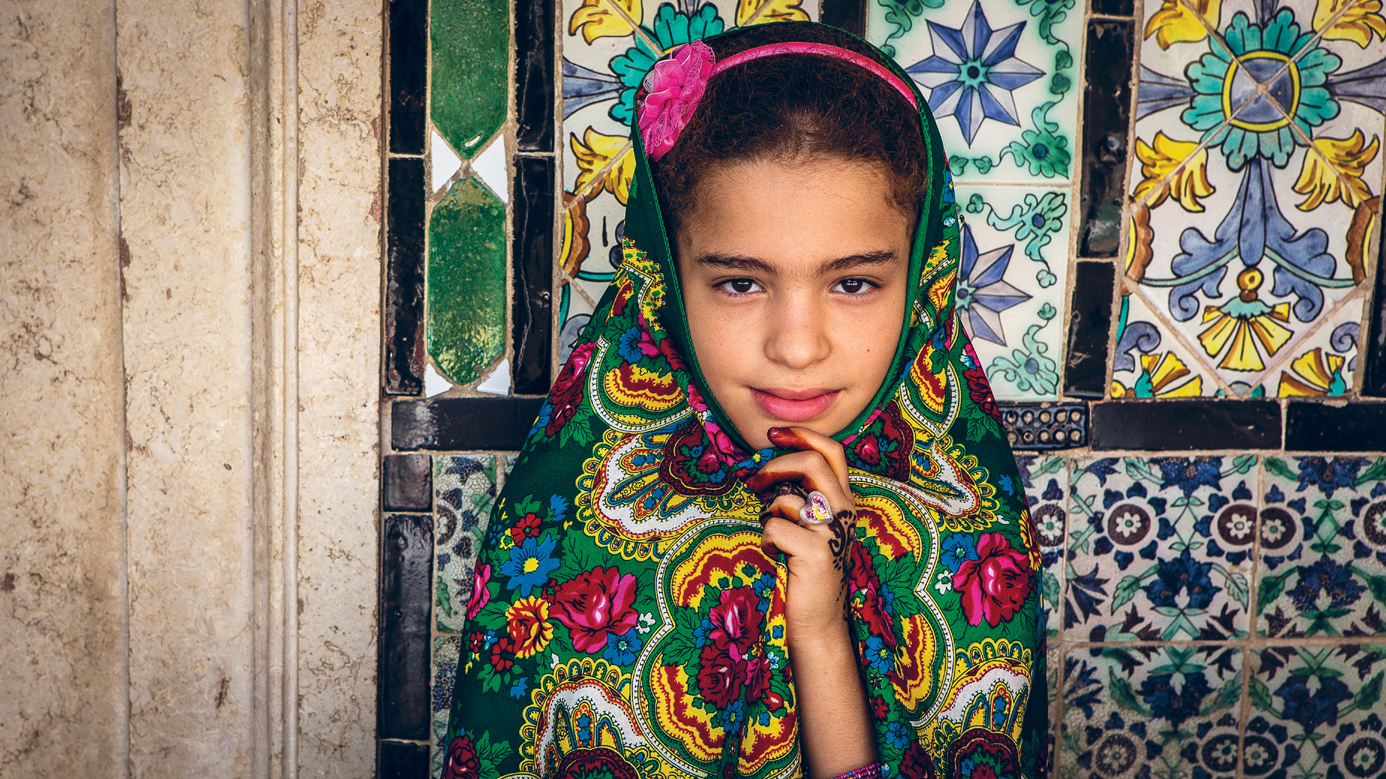

GREAT PICTURES ARE the result of matching an interesting subject with the best light, a pleasing placement of the elements and exposing the sensor to just the right amount of light to translate the way you see the scene onto the cameras sensor. It is how the photographer handles this combination of technical and creative skills at a particular moment in time that produces unique images and allows individuality to shine through.
THESE 59 TIPS offer a concise insight into the thinking, behaviours and the creative and technical skills required to produce vibrant and dynamic images across the wide range of subjects and situations youre likely to encounter everywhere, from your own backyard to the other side of the world. Put them into practice and youll increase the percentage of good photographs you take and lift your photography to the next level of creativity and consistency.



Take control of the picture-taking process by learning the technical stuff so you can take your camera off the fully Automatic or Program settings. And get to know your gear so that the mechanics of taking a photograph become second nature.
Automatic features are brilliant if you know what they are doing and what impact they are having on the image then you can decide if that is really how you want your photo to look. Particularly, understand the exposure triangle ISO, shutter speed and aperture so that the multiple options you have for setting a correct exposure become instinctive. This will allow you to use the settings as creative tools that control the mood, quality and feel of the photograph, rather than just as a technical necessity.
As for gear, the minimum aim should be to know how to change the ISO, shutter speed and aperture settings, turn the flash on and off, change lenses and filters and get your tripod up, camera mounted and shutter-release cable attached; all as quickly as possible.
With this combination of technical knowledge and practical skills youll then be able to concentrate on and enjoy the creative side of photography by seeking out interesting subjects and great light. Youll also have a much better chance of capturing more images at exactly the right time, especially those fleeting moments and expressions that make unique photographs.
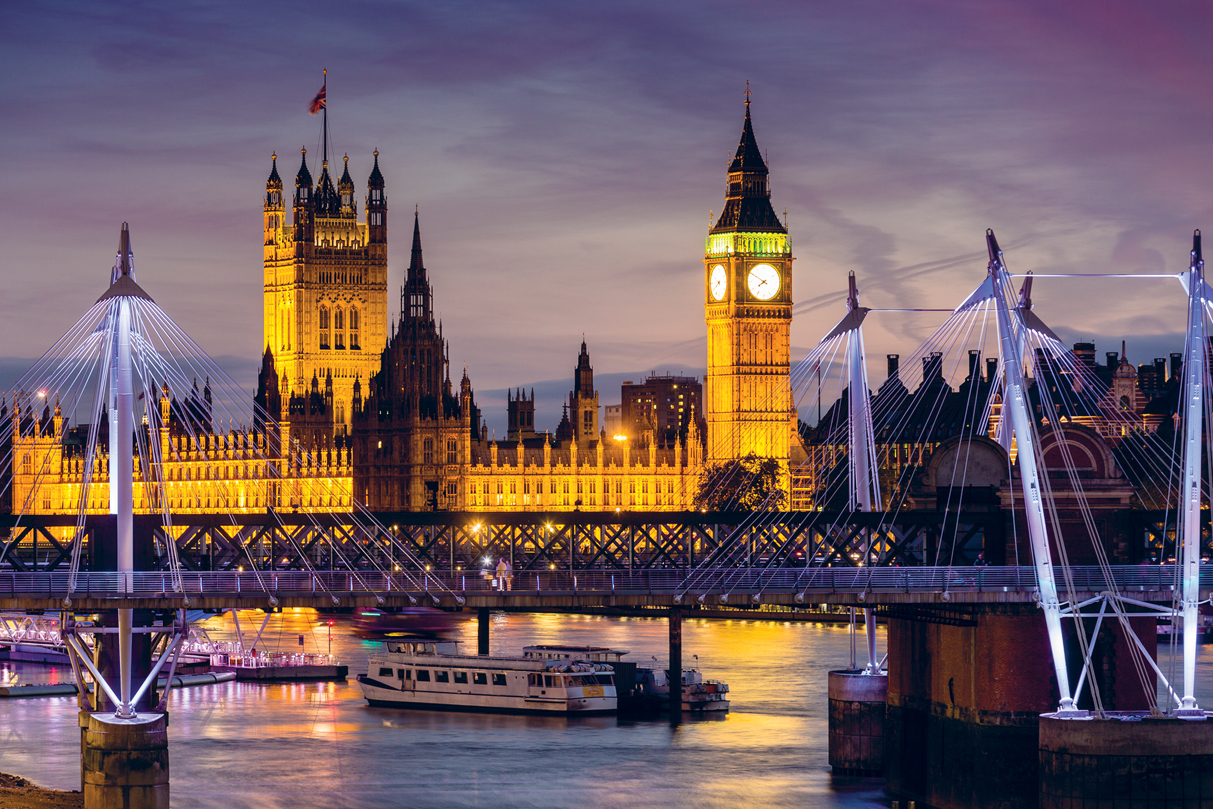
Palace of Westminster at dusk, London, England

The ability of light to transform a subject or scene from the ordinary to the extraordinary is one of the most powerful tools at the photographers disposal. To be able to see light and to understand how it translates onto the sensor and how it impacts on your compositions is the final building block in creating striking images.
Theres light and theres the right light. The keys to the right light are its colour, quality and direction. As your eye settles on a potential subject, note where the light is falling and select a viewpoint from where the light enhances your subject. There is an optimal time of day to photograph everything, so be prepared to wait or return at another time if you cant find a viewpoint that works. However, most subjects are enhanced by the warm light created by the low angle of the sun in the one to two hours after sunrise and before sunset. At these times shadows are long and textures and shapes are accentuated. If youre serious about creating good pictures, this is the time to be out and about shooting. Given all other things are equal, its the light in which a photographer shoots that sets images apart.

Stari Most, Mostar, Bosnia & Hercegovina

Once youve got the technical stuff sorted, can work efficiently with your gear and can see the light; practise. You can photograph most of the subjects youll encounter while travelling in any town or city in the world, including your own.
Planning and executing a shoot of your own city is a great way to practise your research skills, test your camera equipment, perfect your technique, develop your eye and get a feel for changing light. Buy a guidebook, check out the postcards and souvenir books, and draw up a shot list. Treat the exercise exactly as you would if you were away from home. Youll quickly get an insight into just how much walking you can expect to do, how many locations and subjects you can expect to photograph in a day, and how manageable your equipment is.
You can then use this knowledge to plan your trips away from home a little more accurately to meet your goals. As a bonus, youll be rewarded with a fresh insight into your home town. Youre sure to see it in a different light and to discover subjects and places you didnt know about.
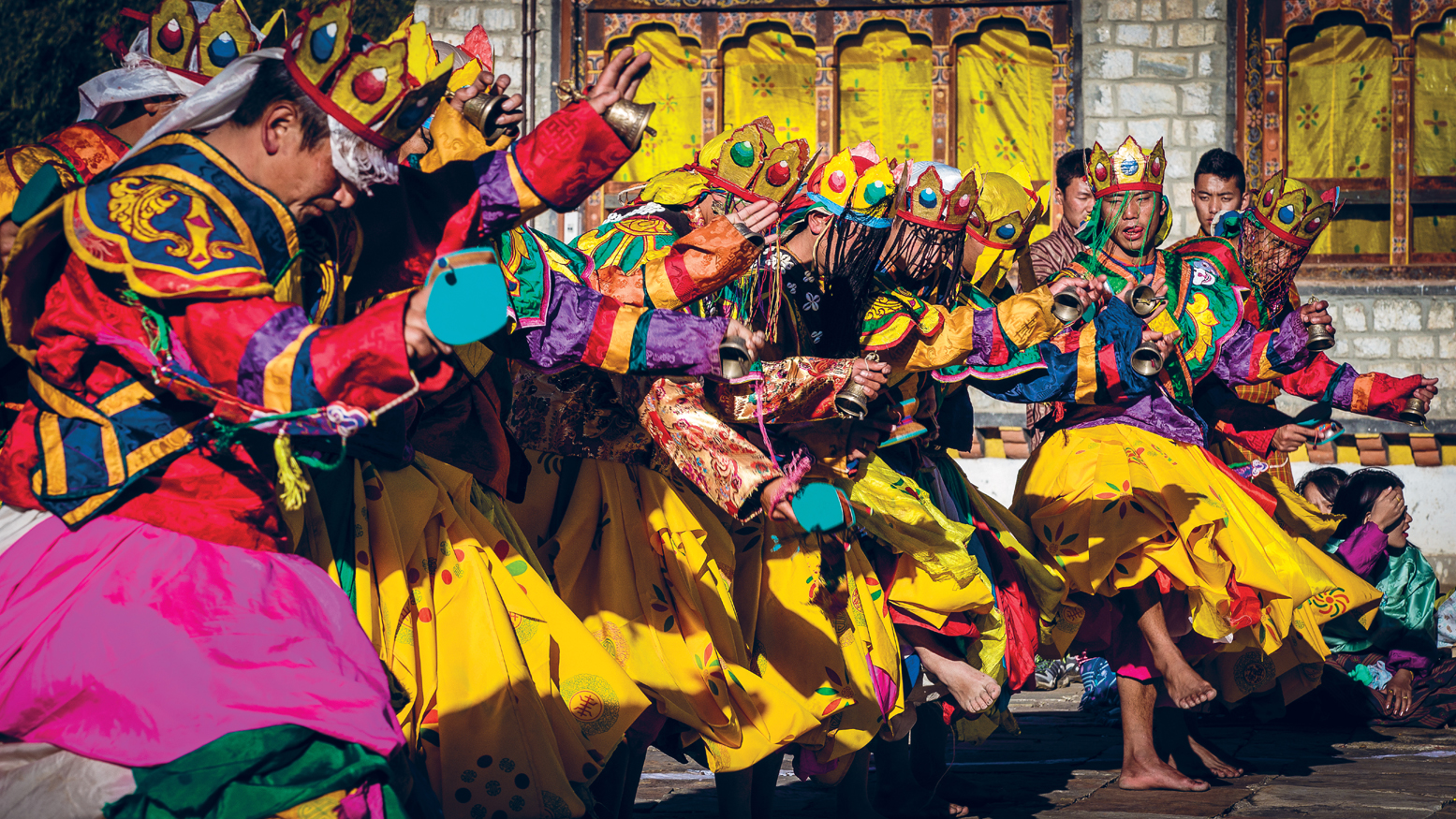
Jampey Lhakhang festival, Jakar, Bhutan

Research and planning go a long way to getting you to the right place at the right time more often than not. The more time you have, the more opportunities you give yourself to photograph subjects in the best light. Photographers demand more time in a place than the average camera-toting tourist sometimes just a few extra minutes can make all the difference. The sun may come out or go in, the right person may stop and stand in just the right place, the rubbish-collection truck parked in front of the citys most beautiful building may move on, the people buying fruit may hand over their money. If you have days rather than minutes, you can look for new angles and viewpoints of well-known subjects, visit places at different times of the day, shoot in a variety of great light, and get better coverage.
Next page


